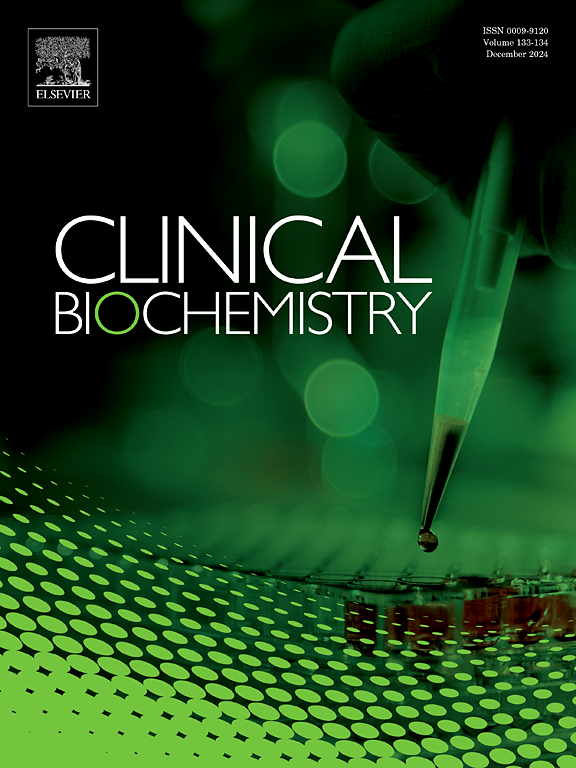一项混合方法服务改进项目,旨在调查棉签和尿液样本被送去进行微生物分析的动机原因。
IF 2.1
3区 医学
Q2 MEDICAL LABORATORY TECHNOLOGY
引用次数: 0
摘要
背景:过量的尿液采样对环境健康、资源可用性、样本周转时间和患者护理有直接影响。不必要样本的阳性培养可能导致不适当的抗菌药物使用和一系列进一步的调查。该项目旨在确定医院和社区要求棉签和尿液样本背后的动机原因,目的是减少不必要的检测。方法:采用问卷调查和定性访谈相结合的方法。在初级和二级保健的各种保健专业人员中分发了一份16部分的在线问卷。完成后,参与者有机会自愿参加结构化的后续访谈。选择了一些参与者进行定性访谈。结果:共88人完成问卷调查,5人接受访谈。问卷调查和访谈都强调了在如何以及为什么提交拭子和尿液样本进行微生物分析的实践中存在广泛的多样性。访谈产生了许多改进实践的想法,包括培训和协议建议。结论:结果表明,在索取样品的主要责任方面缺乏明确。该研究发现,这一决定往往是基于临床经验,而不是协议。检查样本和开始治疗(例如抗生素)的时间在医疗保健专业人员之间可能有所不同。受访者表示,只要针对不同专科的患者群体进行培训,就有必要进行培训。本文章由计算机程序翻译,如有差异,请以英文原文为准。
A mixed methods service improvement project to investigate the motivational reasons why swab and urine samples are sent for microbiological analysis
Background
Excessive urine and swab sampling has a direct impact on environmental health, resource availability, sample turnaround time and patient care. Positive cultures from unnecessary samples can lead to inappropriate antimicrobial use and a cascade of further investigations. This project aims to identify the motivational reasons behind swab and urine sample requests in the hospital and community setting, with the aim of reducing unnecessary testing.
Methods
A mixed methods approach using a survey followed by qualitative interviews was used. A 16–part online questionnaire was distributed among various health care professionals in primary and secondary care. Upon completion participants were offered the opportunity to volunteer to participate in structured follow up interviews. A number of participants were selected for qualitative interviews.
Results
Eighty eight participants completed the questionnaire and five were interviewed. Both the questionnaire and interviews highlighted a wide diversity in the practice of how and why swabs and urine samples are submitted for microbiological analysis. The interviews yielded many ideas for improvements to practice including training and protocol recommendations.
Conclusion
The results show a lack of clarity with regards to the primary responsibility for requesting samples. The study identified that this decision is often based on clinical experience, rather than protocol. The time at which a sample is reviewed and treatment, for example antibiotics, is started can vary among the healthcare professionals. Interview participants expressed a need for training, so long as this was tailored to different specialties’ patient populations.
求助全文
通过发布文献求助,成功后即可免费获取论文全文。
去求助
来源期刊

Clinical biochemistry
医学-医学实验技术
CiteScore
5.10
自引率
0.00%
发文量
151
审稿时长
25 days
期刊介绍:
Clinical Biochemistry publishes articles relating to clinical chemistry, molecular biology and genetics, therapeutic drug monitoring and toxicology, laboratory immunology and laboratory medicine in general, with the focus on analytical and clinical investigation of laboratory tests in humans used for diagnosis, prognosis, treatment and therapy, and monitoring of disease.
 求助内容:
求助内容: 应助结果提醒方式:
应助结果提醒方式:


